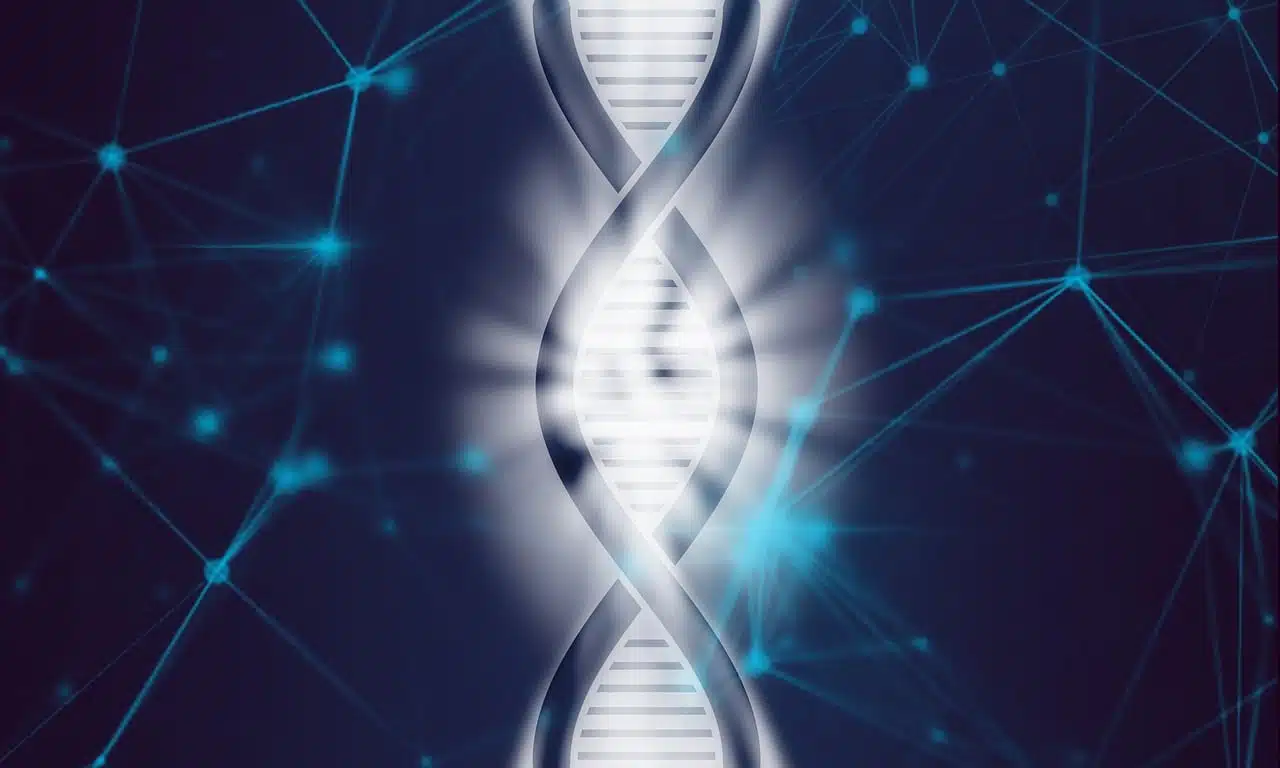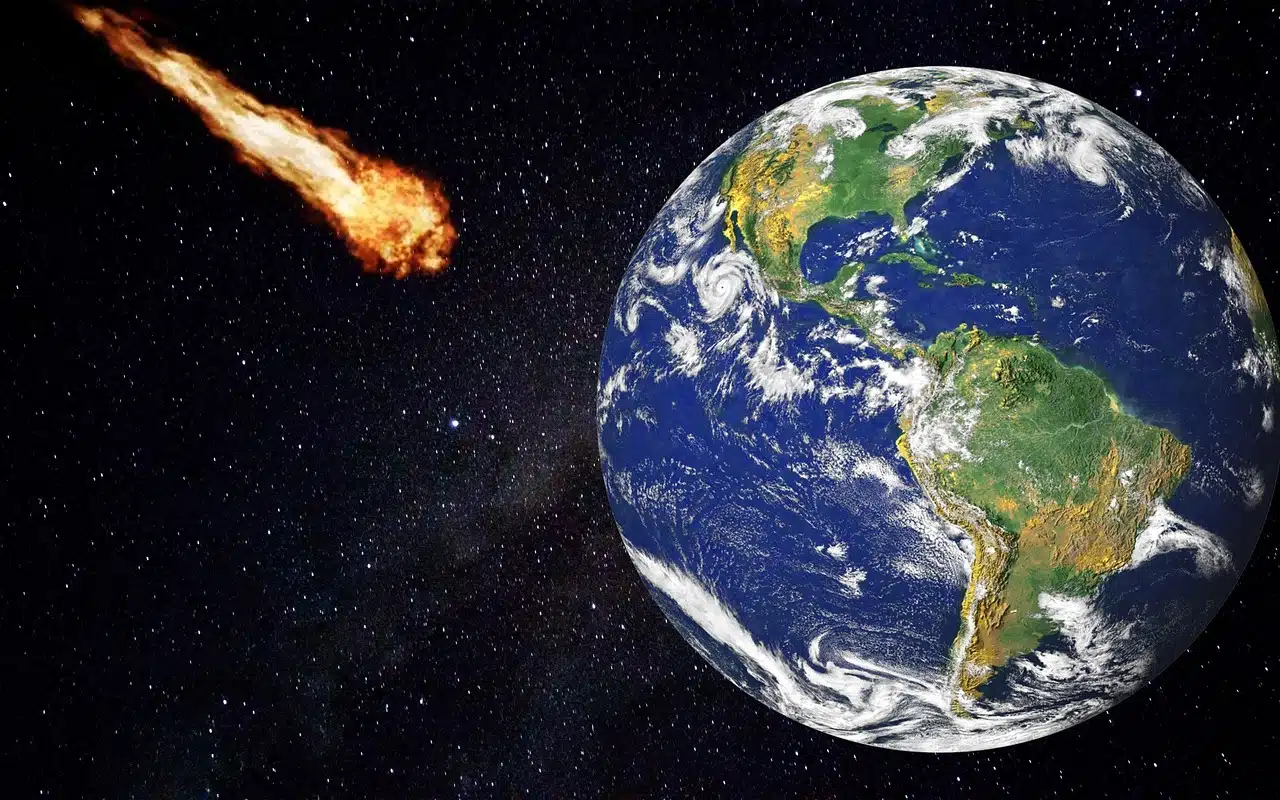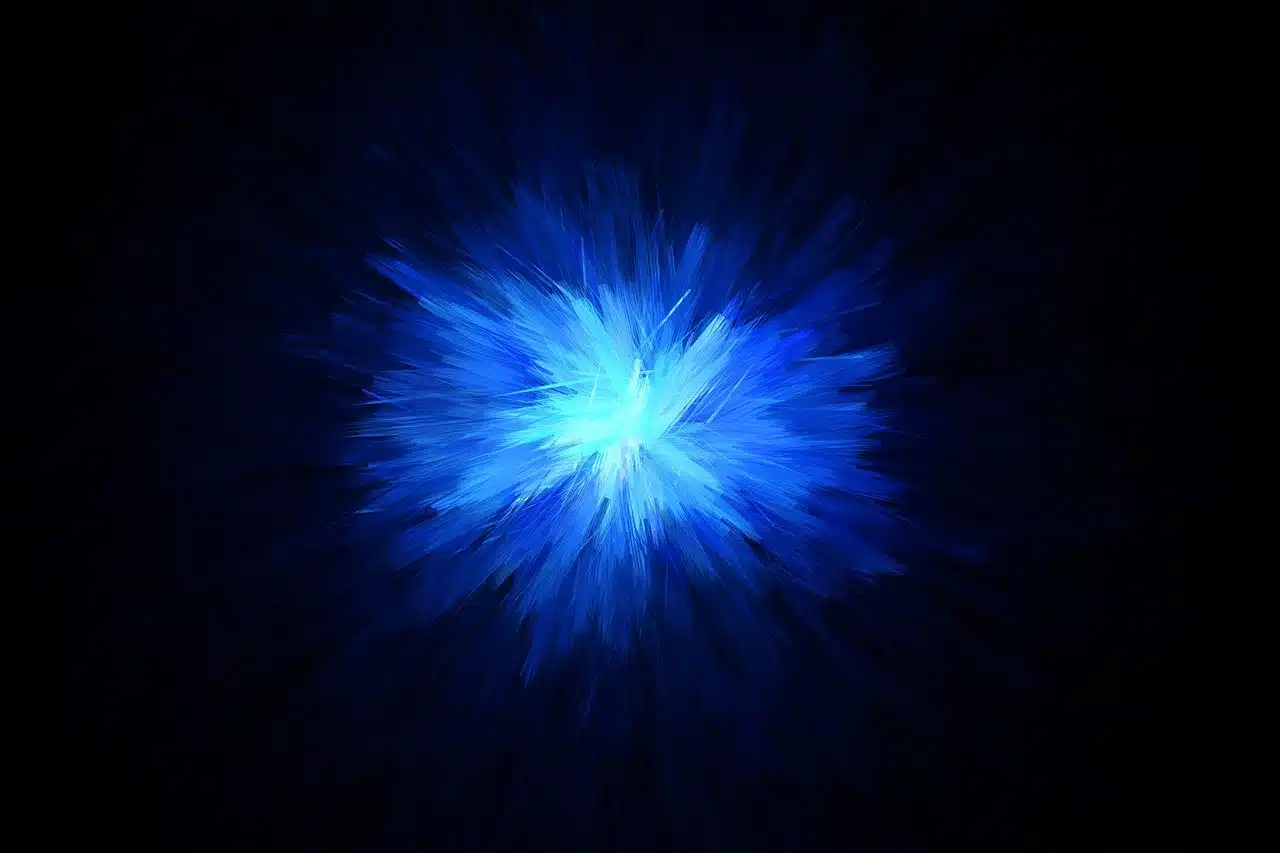
The origin of life is analyzed from biochemistry and other scientific specialties.
The origin of life is the process through which a living organism emerged, for the first time, where before there was only inert matter . This procedure, known as abiogenesis , is often a source of debate since there are different theories about its development.
It is understood that, through different forms of reproduction , a new living being is always produced from another with a previous existence. This phenomenon is called biogenesis . The problem appears when trying to determine how the first living particle could have been born when there was no history of its type.
Abiogenesis remains a mystery. Although there are postulates that have a certain consensus, it has not yet been possible to reliably demonstrate the origin of life on our planet.
The origin of life according to religion
The origin of life according to religion is explained through divine intervention . Although the modality and details change according to the creed, in general it refers to a supernatural presence capable of creating life from the inert or from nothing itself.
This position is known as creationism . If we focus on the most conservative and fundamentalist branches of Christianity and Judaism, what is expressed in the book of Genesis is literally accepted.
Thus, this position holds that God directly created the first human being ( Adam ) from dust. The first woman, Eve , was created from Adam himself. This thought categorically rejects the biological evolution proposed by Charles Darwin and other leaders of science.
There are, however, some groups that defend creationism but are not so strict. These are sectors that postulate God 's intervention in the origin of life, but then accept scientific theories.

The impact of meteorites carrying extraterrestrial organisms could have been the origin of life on Earth.
The theory of the primordial broth
The primordial broth theory locates the origin of life in a substance (the primordial, primitive, primary or primeval broth ) that contained the necessary components in adequate quantities so that, under certain specific conditions, living organisms could arise.
The Russian Aleksandr Oparin ( 1894 – 1980 ) was the one who first alluded to the primitive broth. According to this biochemist and biologist, in this broth there could be a constant evolution of carbon molecules through chemical and physical phenomena until the appearance of organic matter.
The hypothesis indicates that this liquid rich in carbon, hydrogen and nitrogen, when exposed to electrical energy and ultraviolet rays, made possible the abiotic synthesis of organic molecules for the emergence of original life forms.
The British John Burdon Sanderson Haldane ( 1892 – 1964 ), at the same time, presented a similar theoretical development. For this reason, the theory of abiotic synthesis is sometimes referred to as the Oparin-Haldane theory .

The theory of spontaneous generation, now discarded, maintained that the origin of life occurred spontaneously from inorganic or organic substances.
The Miller-Urey experiment and the origin of life
In 1953 , the Americans Stanley Miller ( 1930 – 2007 ) and Harold Clayton Urey ( 1893 – 1981 ) managed to demonstrate in a laboratory at the University of Chicago that it was possible to use inorganic molecules to produce organic molecules.
Miller-Urey's experiment consisted of preparing a mixture of water, nitrogen, carbon dioxide, hydrogen, ammonia and methane and subjecting it to ultraviolet radiation, heat and electrical discharges. After a week, they observed the appearance of various organic molecules, such as aspartic acid, glutamic acid, alanine and glycine, among other amino acids , in addition to acetic acid .
This test demonstrated that, under ideal conditions, organic components can arise from inorganic substances. Therefore, the theory of abiotic synthesis is correct.
Over time, other scientists performed similar experiments and obtained adenosine triphosphate ( ATP ) and nucleic acids. What has never been achieved, at least until now, is obtaining proteins. In this framework, there are analysts who continue to consider it unlikely that the origin of life lies in a primordial soup.
Other theories
Other theories have also provided tentative explanations for the origin of life on Earth . The RNA world hypothesis , for example, argues that ribonucleic acid ( RNA ) molecules develop a versatile activity capable of generating molecules that can carry out the synthesis of proteins and deoxyribonucleic acid ( DNA ).
Thus, RNA would be an ancestor of DNA and the rest of the cells that allowed the evolution of the genetic system . What is usually criticized about this theory is the difficulty for RNA to arise spontaneously on our planet.
The clay hypothesis , on the other hand, was proposed by Scotsman Graham Cairns-Smith ( 1931 – 2016 ) in 1985 . In this case, it is indicated that the origin of life was not in a liquid but in a solid substrate, more precisely in clay. This is explained by the ability of the crystals of this material to replicate and, according to this theory, to achieve the attraction or synthesis of proteins and nucleic acids.
Outer space, place of origin of life
It cannot be failed to mention that some theories place the origin of life in outer space . This means that life did not arise on Earth, but rather came to it from another planet or star.
According to the theory of panspermia , terrestrial life had an extraterrestrial birth and arrived on our planet thanks to comets, meteorites or asteroids. It is important to emphasize that extraterrestrial organic matter has been detected in some celestial bodies. When it is stated that this trip was on purpose, it is called directed panspermia .
Astrobiology is the scientific specialty that examines the emergence, development and distribution of life throughout the universe, both on Earth and beyond. Exobiology , meanwhile, focuses on the possibilities of extraterrestrial life existing.
In rejection of panspermia, it is argued that it is very difficult for an organism to survive the extreme conditions of a space journey. Radiation, on the other hand, causes damage to DNA .
However, it is believed that it is very possible that life continues to exist outside of Earth. The SETI (Search for Extraterrestrial Intelligence) projects aim to analyze electromagnetic signals to determine if they are extraterrestrial. They also send messages waiting for a possible response from outer space.
